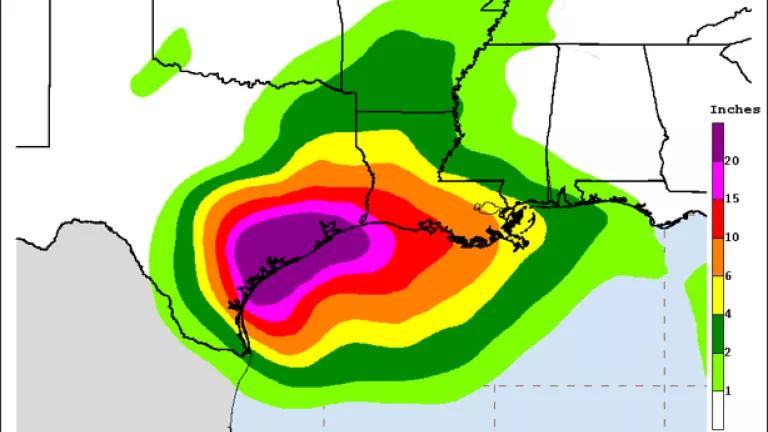
South Africa just released (July 28) a strong outline of its plans to combat global warming pollution. It begins to provide meat to the spirit of what the developing countries agreed to in the Bali Roadmap for the post-2012 international negotiation. In that agreement, developing countries essentially said:
- We will undertake domestic actions driven by our sustainable development objectives (e.g., energy security, air quality, and job creation) which will reduce global warming emissions and these will be undertaken through our own domestic resources.
- We will go further in reducing emissions if provided with assistance from developed countries for technology, finance, capacity building, and deforestation reductions.
The South African government has now codified this spirit and has begun to provide details on each element (see media statement from Minister Marthinus van Shalkwyk). This is a significant step from a major developing country to stake out what specific actions it will implement to reduce its contribution to global warming.
In a nutshell, they outlined that South Africa’s emissions “must peak, plateau, and decline”. Specifically, this means South Africa’s emissions must stop growing no later than 2025 and must begin declining in absolute terms around 2030-2035.
They will implement policies towards achieving that end and specified a number of the policies that they will begin to implement, including:
- Accelerated energy efficiency and conservation measures in industry, commerce, transport, and residential sectors through ambitious and mandatory targets.
- A combination of regulations with incentives such as through an increasing CO2 tax or alternative market mechanism (e.g., cap-and-trade). The Treasury Department is tasked with evaluating an escalating carbon tax and reporting to the Cabinet.
- Diversifying the energy mix away from coal through feed-in incentives for renewable energy.
- Introducing emissions standards for coal-fired power plants, developing carbon capture and storage for coal-fired power plants and all coal-to-liquid plants, and only approving new coal fired power plants that are “carbon capture ready”.
- Establishing stringent and increasing vehicle efficiency standards.
This is an “ambitious vision” (as even Minster van Shalkwyk states). Without constraints they estimated that emissions might quadruple by 2050 and they’ll need to reduce them significantly below today’s levels based upon what the science demands. But through making existing measures mandatory (“start now”), making these measures more aggressive (“scale up”), and introducing market mechanisms (“use the market”), South Africa could significantly reduce their emissions towards the framework they outlined (see figure**).
While we’ll have to wait for this Cabinet commitment to be translated into specific legislation, regulations, and fiscal policy to see the impact on overall global warming emissions, it is a strong statement from a developing country of the kind of actions that they will undertake to address global warming. This is a pretty aggressive set of actions from any country, but even more aggressive when you remember that this is a developing country that still has over 30% of its population in poverty.
And, as Minister van Shalkwyk states it: “establishes parameters for our post-2012 negotiating position”. So on to Copenhagen with more clarity on the framework of the deal!
**Image credit: Presentation to media from Minister van Schalkwyk, available at: http://www.environment.gov.za/NewsMedia/MedStat/2008Jul28_2/LTMS28072008-2.ppt

